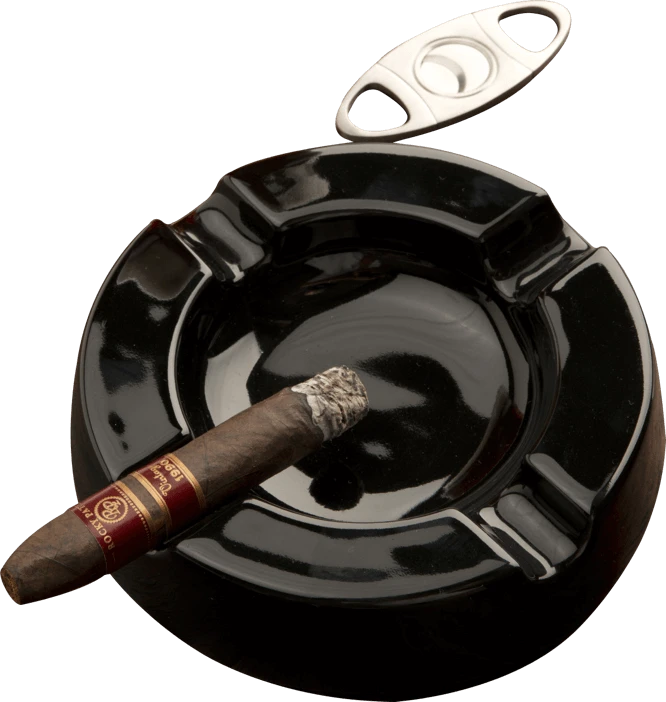A relatively new brand which was introduced only in 1968, Cohiba quickly became the flagship brand of the Cuban cigar industry. Developed initially as a medium bodied protocol cigar for presentation only by officials of the Cuban government, Cohiba was marketed widely beginning in 1982. Quite a few myths surround the Cohiba brand including one that relates directly to its name which was said to be the aboriginal Taino Indian word for "tobacco," but is now understood to have meant "cigar." The truth about Cohiba's origin is now offered by Emilia Tamayo, the director at El Laguito. This charming and highly capable woman confirms that it all began in the mid-1960s when one of President Fidel Castro's bodyguards enjoyed a private supply of cigars from a local artisan. They so pleased the president that their creator, Eduardo Ribera, was asked to make cigars of his blend exclusively for Castro, under strict security in an Italianate mansion in the Havana suburb of El Laguito. At first, the brand had no name, then in 1968, under the name Cohiba, production began of three sizes, each a personal favorite of the President – the Lancero, the Corona Especiale, and the Panatela. The Cohiba brand is also produced in the Dominican Republic by two separate entities, General Cigar, which owns the trademark for the name in the U.S., and by Monecristi de Tabacos, which holds the trademark for Cohiba in the Dominican Republic.
While Cohiba is mostly known for their stunning Dominican blends, the Cohiba that you have in your shipment today is a newer blend that features mostly Nicaraguan tobaccos from the fertile lands of Jalapa and Estelí, and aptly named the Cohiba Nicaragua. The Cohiba Nicaragua starts with a red mocha brown Sun Grown Colorado Oscuro wrapper from Honduras, with a Nicaraguan binder from Jalapa hugging Nicaraguan long-fillers from both Estelí and Jalapa. This medium to full bodied smoke is brimming with complex flavors of cedar, leather, and pepper that pair perfectly with a single malt scotch; our panel recommended Lagavulin 16.
The Nicaraguan cigar industry originated when Cuban cigar makers escaped the revolution and re-established their livelihood in Nicaragua with Cuban-seed tobacco. Blessed with dark, rich soil, their new home was ideal for tobacco cultivation and Nicaragua quickly became known for cigars that rivaled Cuban quality. Unfortunately, revolution and war came to Nicaragua in the 1980s and devastated the industry, but it’s rebounded dramatically and is once again producing tobacco considered by many to be the finest in the world.
The Esteli Valley is in many ways the heart of Nicaraguan production and is known for its very powerful and spicy tobacco. The Jalapa Valley produces arguably the finest tobacco in the country: somewhat sweeter and less intense than Esteli, but extremely complex. The tobacco of the Condega Valley is often described as a blend of the other two regions.

Outstanding Values On Top-Rated Cigars
Our purchasing power allows us to offer exceptional reorder values on highly rated
cigars such as
Rocky Patel's Decade Torpedo, rated 95 in Cigar Aficionado.

